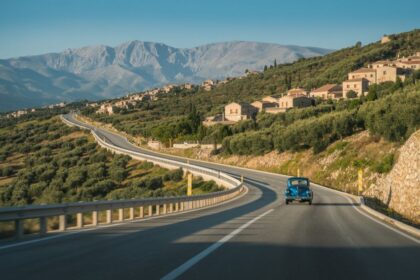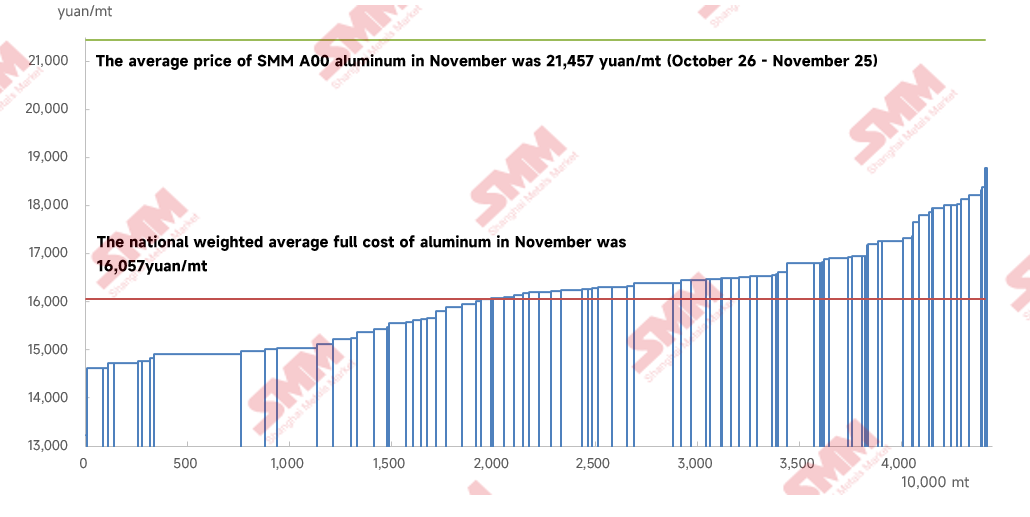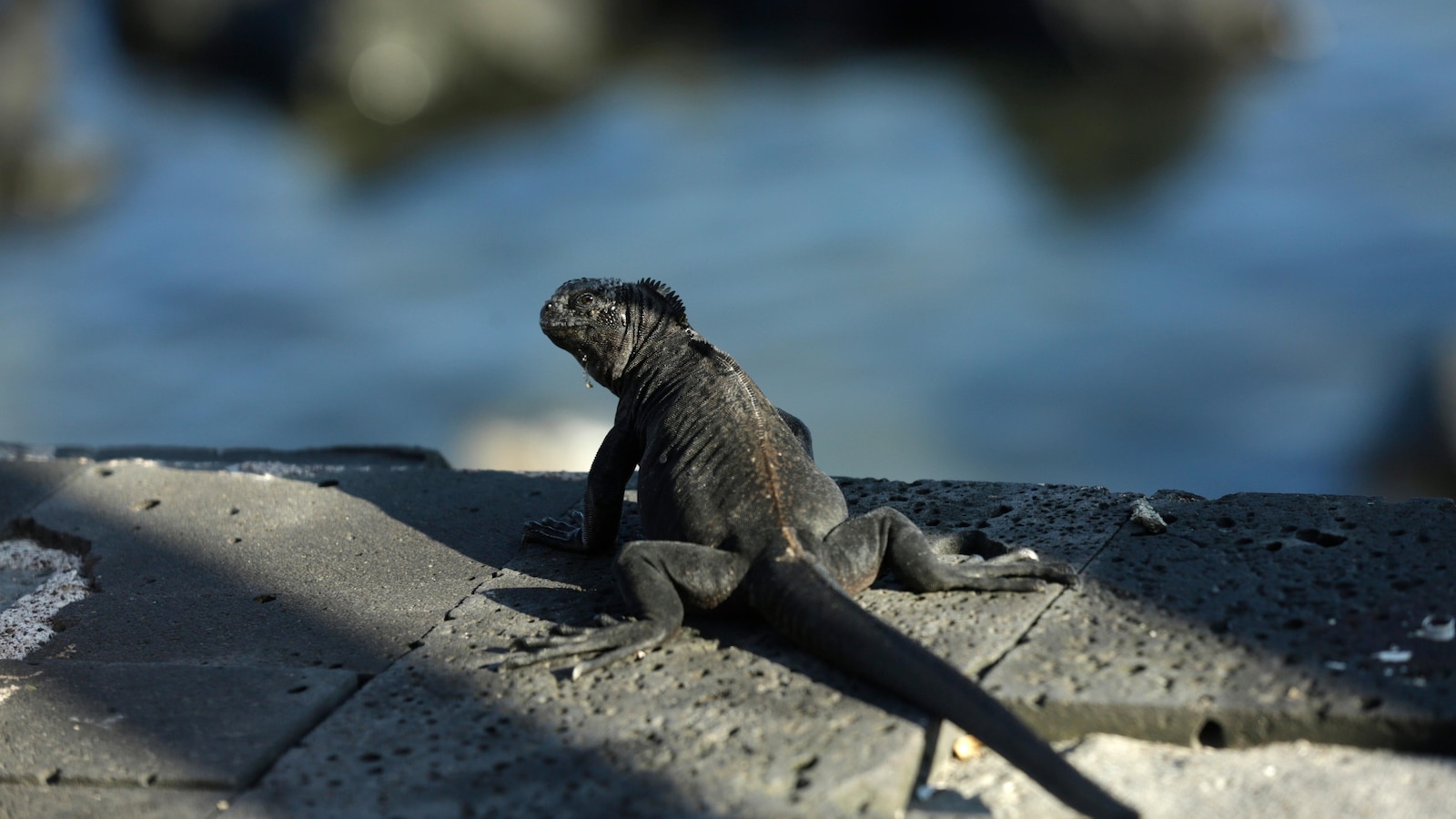How Albania is Revolutionizing Ecotourism and Conservation with EU4Nature – Travel And Tour World

Report on the Digital Transformation of Albania’s Protected Areas for Sustainable Tourism
Executive Summary
Albania is experiencing a significant increase in tourism within its national parks and protected areas, with over 5 million visitors recorded in under a year. This influx presents both an opportunity for economic growth and a challenge to the preservation of the nation’s unique natural landscapes, such as the Vjosa River and the Lurë-Deja Mountains. In response, Albania, with support from the EU- and Sida-funded EU4Nature programme, has initiated a comprehensive digitalization of its protected area management. This report details the implementation of this strategy, its impact on ecotourism and conservation, and its alignment with the United Nations Sustainable Development Goals (SDGs).
Alignment with Sustainable Development Goals (SDGs)
The EU4Nature initiative in Albania directly contributes to several key Sustainable Development Goals, establishing a framework for responsible and sustainable development. The project’s core objectives are intrinsically linked to the following goals:
- SDG 8: Decent Work and Economic Growth: By fostering a sustainable ecotourism model, the initiative creates new employment opportunities for local communities, including roles as tour guides, park rangers, and operators of eco-friendly accommodations, thereby promoting inclusive and sustainable economic growth.
- SDG 12: Responsible Consumption and Production: The project promotes sustainable tourism practices. The digital ticketing and management system ensures that tourism consumption patterns are managed effectively to minimize environmental impact and that revenue is channeled back into conservation.
- SDG 14: Life Below Water & SDG 15: Life on Land: The primary focus is the conservation of Albania’s terrestrial and marine ecosystems. Revenue generated is reinvested into habitat restoration, wildlife protection, and improved park infrastructure. The initiative supports Albania’s goal to expand its protected areas to 25% of its land and sea by 2030, in line with EU biodiversity standards.
- SDG 17: Partnerships for the Goals: The project is a model of a multi-stakeholder partnership, involving the Albanian government, the European Union (EU4Nature), and the Swedish International Development Cooperation Agency (Sida) to achieve shared sustainability objectives.
The EU4Nature Initiative: A Digital Framework for Ecotourism
System Implementation and Visitor Experience
A central component of the initiative is the Unified E-Invoicing and E-Ticketing System. This digital platform has been implemented across Albania’s protected areas, including Vjosa River National Park and Dajti Mountain, to streamline visitor management.
- Simplified Access: Tourists can book and pay for services such as park entry, hiking permits, camping, scuba diving, and boat anchoring digitally, eliminating the need for cash transactions and reducing administrative delays.
- Enhanced Convenience: Payments can be made via mobile phones or portable POS devices located within the parks, allowing visitors to maximize their time enjoying the natural environment.
- Broad Applicability: The system covers a wide range of activities, ensuring a consistent and efficient experience for visitors engaging in various forms of ecotourism.
Enhancing Conservation Through Digital Management
The digital transformation provides significant benefits for conservation efforts by improving transparency, funding, and data-driven management.
- Financial Transparency and Reinvestment: The e-ticketing system ensures all revenue is tracked in real-time. These funds are formally allocated and reinvested directly into conservation activities, creating a sustainable funding model for the parks.
- Data-Driven Resource Allocation: The system gathers valuable data on visitor numbers, popular activities, and site usage. Park authorities can use this information to optimize resource allocation, manage visitor flow to prevent overuse, and focus conservation efforts where they are most needed.
- Improved Management Effectiveness: The project utilizes tools like the Management Effectiveness Tracking Tool (METT) to assess the success of conservation strategies and ensure that the expansion of protected areas is managed effectively.
Socio-Economic and Environmental Impacts
Fostering Sustainable Communities
The growth of structured ecotourism under the EU4Nature project directly benefits local communities. By creating economic opportunities tied to environmental preservation, the initiative fosters a sense of local stewardship. This model ensures that the economic advantages of tourism are distributed locally, incentivizing communities to participate actively in the protection of their natural heritage and contributing to the objectives of SDG 8.
Expanding Biodiversity Protection
Albania is committed to expanding its network of protected areas to cover 25% of its territory by 2030, aligning with the EU’s Natura 2000 standards. The digital tools provided by EU4Nature are instrumental in achieving this goal. By enabling effective management and monitoring, the system ensures that both existing and new protected areas are managed sustainably, safeguarding Albania’s rich biodiversity for the future and advancing SDG 14 and SDG 15.
Conclusion: A Model for Sustainable Development
Albania’s digitalization of its protected areas management serves as a replicable model for balancing tourism with conservation. By leveraging technology, the EU4Nature project enhances the visitor experience, establishes a sustainable funding mechanism for conservation, and empowers local communities. This integrated approach demonstrates a clear pathway for achieving sustainable tourism that supports economic growth while actively contributing to global biodiversity and sustainable development goals. The initiative positions Albania as a leading destination for responsible and environmentally conscious travel.
Analysis of Sustainable Development Goals (SDGs) in the Article
1. Which SDGs are addressed or connected to the issues highlighted in the article?
- SDG 8: Decent Work and Economic Growth – The article discusses how the growth of ecotourism creates jobs and economic opportunities for local communities in Albania.
- SDG 12: Responsible Consumption and Production – The focus on sustainable tourism, managing visitor impact, and creating a sustainable funding model for conservation aligns with this goal.
- SDG 14: Life Below Water – The article mentions the protection of marine and coastal areas, such as the Porto-Palermo Nature Park, and the national goal to protect a percentage of its sea.
- SDG 15: Life on Land – This is a central theme, with the article detailing efforts to conserve Albania’s terrestrial ecosystems, including national parks, rivers like the Vjosa, mountains, forests, and unique wildlife.
- SDG 17: Partnerships for the Goals – The initiative is a collaborative effort, highlighting the partnership between Albania, the European Union, and Sida through the EU4Nature programme.
2. What specific targets under those SDGs can be identified based on the article’s content?
-
SDG 8: Decent Work and Economic Growth
- Target 8.9: “By 2030, devise and implement policies to promote sustainable tourism that creates jobs and promotes local culture and products.” The article directly addresses this by describing how the EU4Nature project fosters ecotourism, which “has created new job opportunities for local residents, including roles as tour guides, park rangers, artisans, and operators of eco-lodges.”
-
SDG 12: Responsible Consumption and Production
- Target 12.b: “Develop and implement tools to monitor sustainable development impacts for sustainable tourism…” The article explains that the new digital system provides “valuable data about visitor numbers and the popularity of different activities,” which is used to manage resources. It also explicitly mentions the use of the “Management Effectiveness Tracking Tool (METT), to assess the success of conservation activities.”
-
SDG 14: Life Below Water
- Target 14.5: “By 2020, conserve at least 10 per cent of coastal and marine areas…” Although the 2020 deadline has passed, the article shows Albania’s ongoing commitment to this goal by stating its aim “of safeguarding 25% of the country’s land and sea by 2030.” This includes marine protected areas like the Porto-Palermo Nature Park.
-
SDG 15: Life on Land
- Target 15.1: “By 2020, ensure the conservation, restoration and sustainable use of terrestrial and inland freshwater ecosystems and their services…” The entire article focuses on this, detailing the conservation of national parks, the “dazzling, turquoise Vjosa River,” and the “soaring Lurë-Deja Mountains.”
- Target 15.a: “Mobilize and significantly increase financial resources from all sources to conserve and sustainably use biodiversity and ecosystems.” The article describes a sustainable funding model where “All funds generated through the e-ticket system are reinvested directly into the parks for conservation activities,” directly addressing the mobilization of financial resources for conservation.
-
SDG 17: Partnerships for the Goals
- Target 17.17: “Encourage and promote effective public, public-private and civil society partnerships…” The project itself is an example of this target. The article states that Albania’s plan is implemented “With support from the EU4Nature programme, funded by the European Union and Sida.”
3. Are there any indicators mentioned or implied in the article that can be used to measure progress towards the identified targets?
-
For Target 8.9 (Sustainable Tourism and Jobs)
- Indicator: Number of jobs created in the sustainable tourism sector. The article implies this by listing new roles: “tour guides, park rangers, artisans, and operators of eco-lodges.”
-
For Target 12.b (Monitoring Sustainable Tourism)
- Indicator: Implementation of tools to monitor visitor impact. The article explicitly mentions the “Management Effectiveness Tracking Tool (METT)” and the use of “data about visitor numbers and the popularity of different activities” from the digital payment system.
-
For Target 14.5 & 15.1 (Conservation of Ecosystems)
- Indicator: Proportion of national territory designated as protected areas. The article provides specific figures for this indicator, stating, “Currently, around 21.5% of Albania’s territory is protected,” with a goal of “safeguarding 25% of the country’s land and sea by 2030.”
-
For Target 15.a (Financial Resources for Conservation)
- Indicator: Amount of revenue generated and reinvested in conservation. The article describes a direct mechanism for this: “All funds generated through the e-ticket system are reinvested directly into the parks for conservation activities.” The total amount generated would be a clear indicator of progress.
-
For Target 17.17 (Partnerships)
- Indicator: Existence and funding of international partnerships for sustainable development. The article identifies the “EU4Nature programme, funded by the European Union and Sida” as the key partnership driving the initiative.
4. Summary Table of SDGs, Targets, and Indicators
| SDGs | Targets | Indicators |
|---|---|---|
| SDG 8: Decent Work and Economic Growth | 8.9: Promote sustainable tourism that creates jobs. | Number of jobs created for local residents (tour guides, park rangers, artisans, eco-lodge operators). |
| SDG 12: Responsible Consumption and Production | 12.b: Develop and implement tools to monitor sustainable development impacts for sustainable tourism. | Use of the Management Effectiveness Tracking Tool (METT); collection of data on visitor numbers and activities via the digital platform. |
| SDG 14: Life Below Water | 14.5: Conserve coastal and marine areas. | Percentage of marine and coastal territory designated as protected areas (current 21.5% of total territory, goal of 25% of land and sea by 2030). |
| SDG 15: Life on Land | 15.1: Ensure the conservation and sustainable use of terrestrial and inland freshwater ecosystems. | Percentage of terrestrial and inland freshwater territory designated as protected areas (current 21.5% of total territory, goal of 25% by 2030). |
| SDG 15: Life on Land | 15.a: Mobilize financial resources to conserve and sustainably use biodiversity. | Amount of revenue generated from the e-ticketing system that is reinvested into conservation activities. |
| SDG 17: Partnerships for the Goals | 17.17: Encourage and promote effective partnerships. | The establishment and operation of the EU4Nature programme, funded by the European Union and Sida. |
Source: travelandtourworld.com

What is Your Reaction?
 Like
0
Like
0
 Dislike
0
Dislike
0
 Love
0
Love
0
 Funny
0
Funny
0
 Angry
0
Angry
0
 Sad
0
Sad
0
 Wow
0
Wow
0

















































:focal(1500,1000)/https://media.globalcitizen.org/a6/9a/a69a4720-d8a1-4715-b596-18738d03c05c/rotary_polio_hero_image.jpg?#)






/countries/sri-lanka/photo-credit---dmc-sri-lanka.tmb-1200v.jpg?sfvrsn=dc298bcc_1#)


















